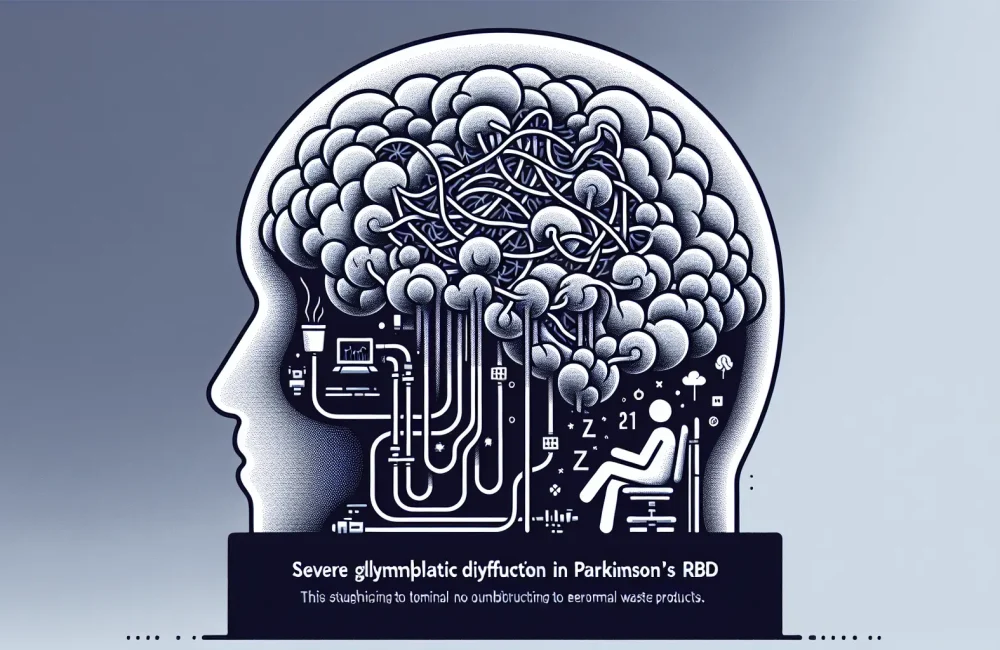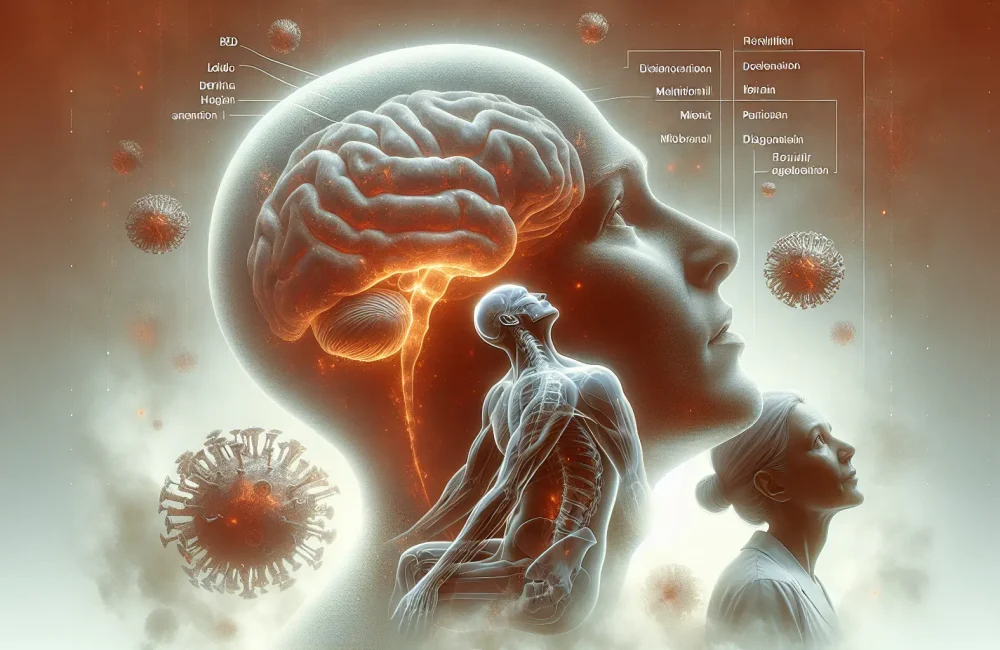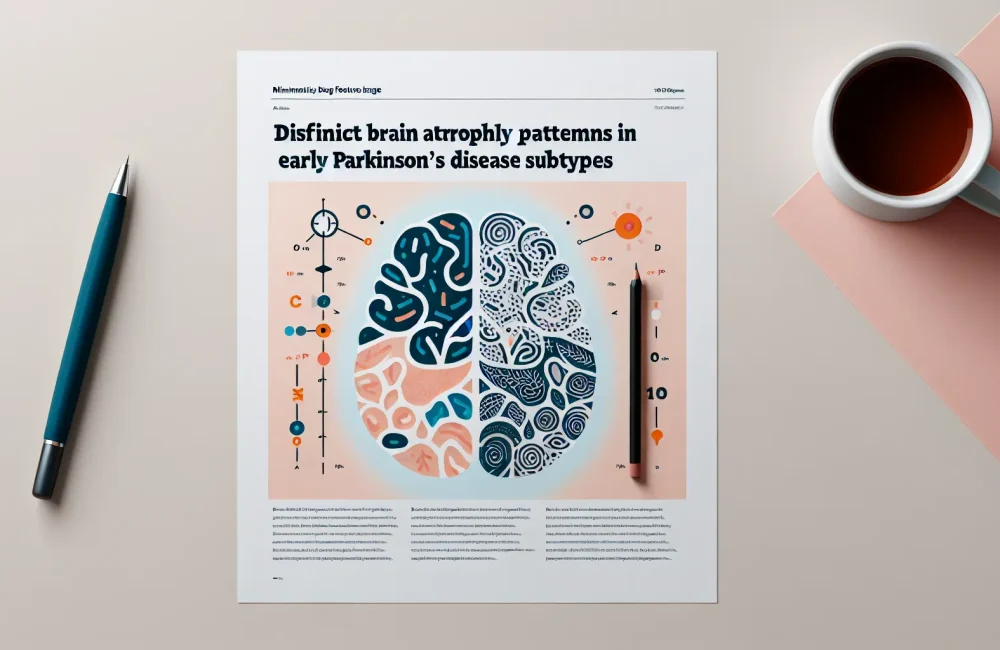By CAFMI AI From npj Parkinson’s Disease (Open Access)
Choroid Plexus Enlargement in Parkinson’s Disease
Parkinson’s disease (PD) is a neurodegenerative condition primarily affecting motor function, characterized by symptoms such as tremor, rigidity, and bradykinesia. Conventional understanding of PD has focused largely on dopaminergic neurodegeneration, but recent research explores additional pathological mechanisms, including glymphatic system dysfunction. The glymphatic system is responsible for clearing metabolic waste from the brain, and its impairment could contribute to the accumulation of neurotoxic proteins seen in PD. This study specifically investigates how enlargement of the choroid plexus (CP), the brain structure that produces cerebrospinal fluid (CSF), affects glymphatic function and correlates with motor severity in PD. Using sophisticated neuroimaging techniques, researchers compared CP volume in PD patients versus healthy controls, revealing that CP enlargement is significant in individuals with PD. This finding is crucial as it suggests a possible structural biomarker linked to disease pathology beyond traditional neurodegenerative changes. Additionally, the study assessed regional glymphatic function and found it to be impaired in areas corresponding to the enlarged CP, pointing toward a dysfunctional clearance mechanism that may exacerbate disease progression.
Linking Glymphatic Dysfunction and Motor Symptoms
The study further elucidates the clinical implications by demonstrating a clear correlation between CP enlargement, impaired glymphatic clearance, and motor severity in PD. Motor symptoms were quantified using established clinical rating scales, confirming that patients exhibiting greater CP volume and glymphatic malfunction also experienced worsened motor function, including increased tremor, rigidity, and bradykinesia. This relationship underscores the glymphatic system’s critical role in maintaining neural homeostasis and suggests that its dysfunction contributes directly to symptom severity. From a clinical perspective, these findings highlight the potential for glymphatic function assessment in PD patient evaluations and prognosis predictions. Moreover, targeting CP enlargement or restoring glymphatic clearance could open new therapeutic avenues. Current treatments primarily focus on dopaminergic replacement to alleviate symptoms but do not address underlying waste clearance deficits that this research implicates. Understanding these pathways encourages broader biomarker identification and intervention development, potentially improving disease-modifying strategies for PD.
Clinical and Research Implications for Parkinson’s Management
The significance of this research lies in its proposal of novel targets for managing Parkinson’s disease. For healthcare professionals, especially those practicing in the United States, these findings introduce new considerations in patient assessment and treatment. Clinicians might integrate imaging studies focusing on CP volume and glymphatic system function when evaluating patients with PD to better understand disease severity and progression risk. Additionally, counseling points for patients could incorporate education about the glymphatic system’s role and the importance of maintaining overall brain health through lifestyle factors that potentially support CSF flow and glymphatic clearance, such as adequate hydration, sleep quality, and cardiovascular health. From a research perspective, the identification of CP enlargement as a modifiable factor in PD progression warrants further investigation into therapeutic interventions designed to reduce CP size or enhance glymphatic drainage. Furthermore, longitudinal studies are needed to determine how glymphatic dysfunction evolves across disease stages and how it interacts with established PD pathophysiology. Incorporating these findings into primary care workflows could enhance early detection and tailored management, ultimately improving patient outcomes through a more holistic approach to PD’s complex neurobiology.
Read The Original Publication Here






